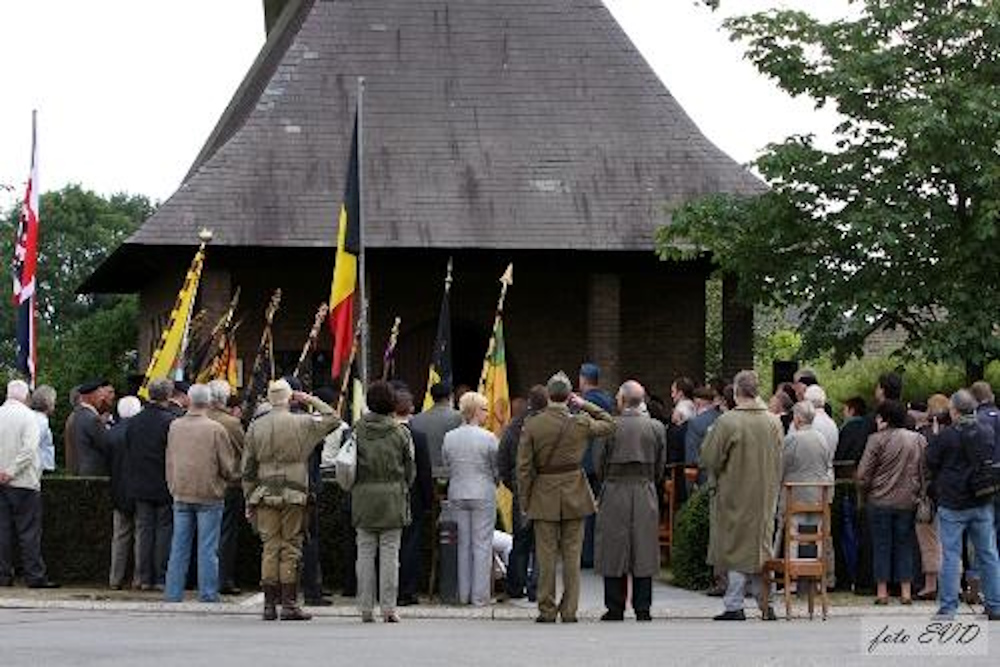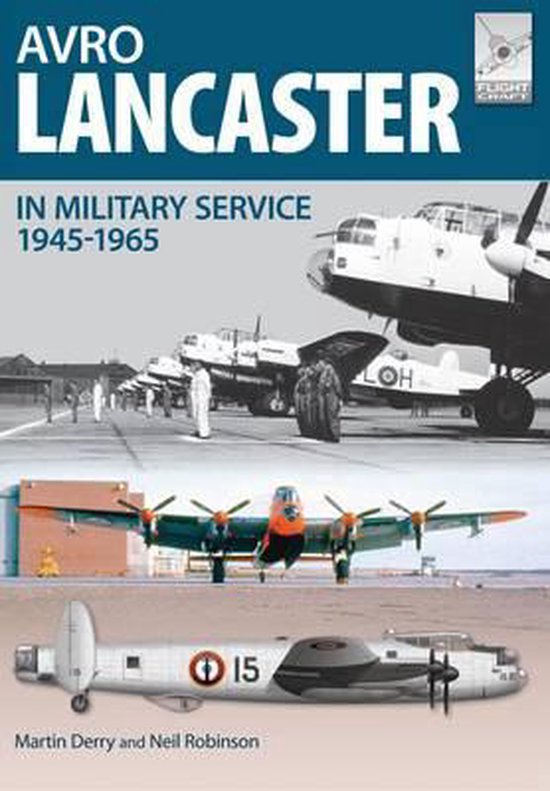Kapel van de Haart Hamont
This chapel was built on the initiative of the local community, following a promise made during the Second World War.
On the outer wall of the chapel are three commemorative plaques.
A plaque donated in 2014 by the family Kelly in memory of Major Dermot Kelly who was killed in action at Hamont-Achel on 17 June 1941.
On the night of 16th to 17th June 1941 the Wellington-bomber N2849 of the Royal Air Force crashed in the Belgian town of Hamont (north-eastern part of Belgium). The complete crew of six lost their lives.
Nearly two years later, on 2nd February 1943, a Lancaster bomber came down at only 500 yards from the Wellington crash-site.
On 16th June 1941 between 22:50 and 23:05 hrs seven two-engine Wellington bombers of the 103rd Squadron took off from Newton Air Base in the English county of Nottinghamshire. Their mission was to bomb the harbour installations at the river Rhine in Duisburg. For this purpose each plane had enough load on board: three 500 pound bombs with direct ignition, one 250 pound bomb with delayed ignition and 6 "units" with 4 pound incendiaries.
After dropping this load, the seven Wellingtons had to scatter pamphlets above the German cities of Gladbeck and Krefeld.
In this phase of the Second World War it was still customary for each plane to set its own course and to fly to the target on its own.
Only some general orders were issued, like crossing the coastal area to the north of Orford Ness and some information about the most important German flak concentrations was given.
With a cruising speed of 140 miles/hour (± 225 km per hour) and only bothered by some high clouds, they flew to their target in Duisburg. In the "target area" the visibility varied from good to moderate. A thin ground fog hampered the accurate aiming of the bombing load. Because bomb aiming was not accurate yet in 1941, not one Wellington could drop its bombs right on the target.
As a result of this, also civilian targets in the city of Duisburg were hit and there were civilian casualties.
Above Duisburg the Wellingtons were caught in search lights and they encountered heavy flak. Beside that, they were attacked by several German night fighters. Two aircraft were hit, but until today it still is not clear whether the N2849 was then also hit. On their way home the plane was intercepted by the German Messerschmidt ME110 of Lt Reinhold Knacke of the 2NGJ/1.
The Wellington went out of control and crashed at 02:25 hours.
It is highly probable that the plane broke apart, as parts of it fell at Soerendonk (NL) and the largest part came down at Hamont. The crash site is situated behind the houses in the Teutenstraat, known at the land registry as "De Eickener".
In the cemetery at Hamont five of the six crew members were temporarily buried. At the funeral the townspeople paid tribute to the deceased airmen and laid flowers on the graves. An original photo of the decorated graves is preserved by the local heritage society and history association De Goede Stede Hamont.
After the war, the six crew members were reburied in the military cemetery at Heverlee (Leuven).
The crew was composed as follows:
- Pilot F/O Al Power, Canada, KIA, found dead in the hamlet of de Mulk at Hamont. Buried in a British military cemetery in Heverlee (Leuven)
- Navigator F/O Tom Church from Canada, POW. Landed safely in Leende (Nl), subsequently taken prisoner of war by the Germans.
- Flight Engineer Sgt Norman Clark of England, POW. Landed safely in Leende (Nl), subsequently taken prisoner of war by the Germans.
- Bombsight Sgt R.A. Holland from England, POW. Landed safely in Leende (Nl), subsequently taken prisoner of war by the Germans.
- Marconist Victor Sgt Mitchell from England, POW. Turned himself in to the Dutch police after landing. Afterwards taken prisoner of war by the Germans.
- Dorsal turret gunner F/L Jack Bousfield of England, KIA (DFC+), war grave at the crash site.
- Tail gunner Sgt Stanley Beadon of England, KIA, war grave at the crash site.
Do you have more information about this location? Inform us!
Source
- Text: Peter Loncke & Luc Van Waeyenberge
- Photos: Luc Van Waeyenberge (1, 2, 3, 4), Edgard Van Decraen (5)
- Archives of the R.A.F. Bomber Command and of the 50th Squadron
- German salvage reports
- Eyewitness accounts, the following could be reconstructed
Related books
Nearby
Museum
Point of interest
- Reconstruction Den Doodendraad Hamont-Achel - Hamont-Achel
- Information Signs Simonspark - Achel (Hamont-Achel)
- Reconstruction Wire of death Achelse Kluis - Achel (Hamont-Achel)
Monument
- War Memorial Hamont - Hamont (Hamont-Achel)
- War Memorial Achel - Hamont-Achel
- Memorial Liberators Sint-Huibrechts-Lille - Sint-Huibrechts-Lille (Pelt)
Cemetery
- Belgian Graves Veterans Hamont - Hamont (Hamont-Achel)
- Belgian Graves Veterans Achel - Achel (Hamont-Achel)
- Belgian Graves Veterans Sint-Huibrechts-Lille - Sint-Huibrechts-Lille (Pelt)
Fortification
- Single Person Air-raid Shelter Hamont - Hamont-Achel
- Bunker 18 Border Defence Bocholt-Herentals Canal - Pelt
- Bunker 19 Border Defence Bocholt-Herentals Canal - Bocholt










